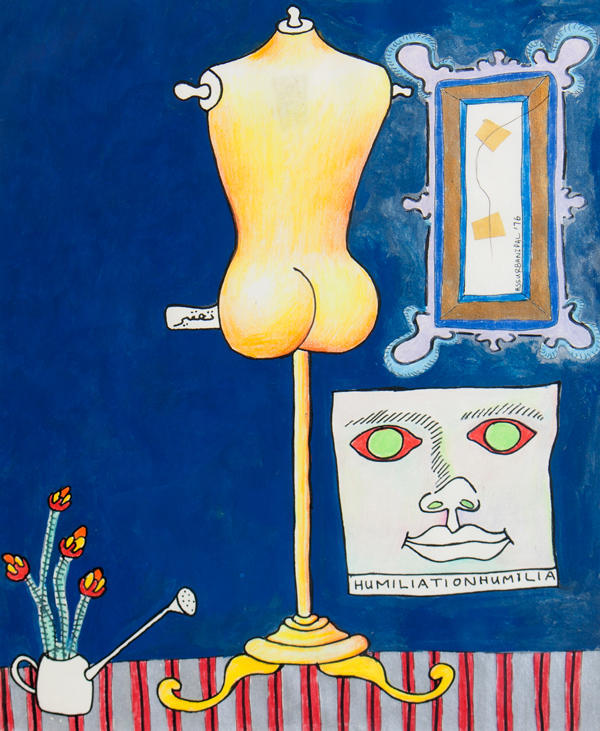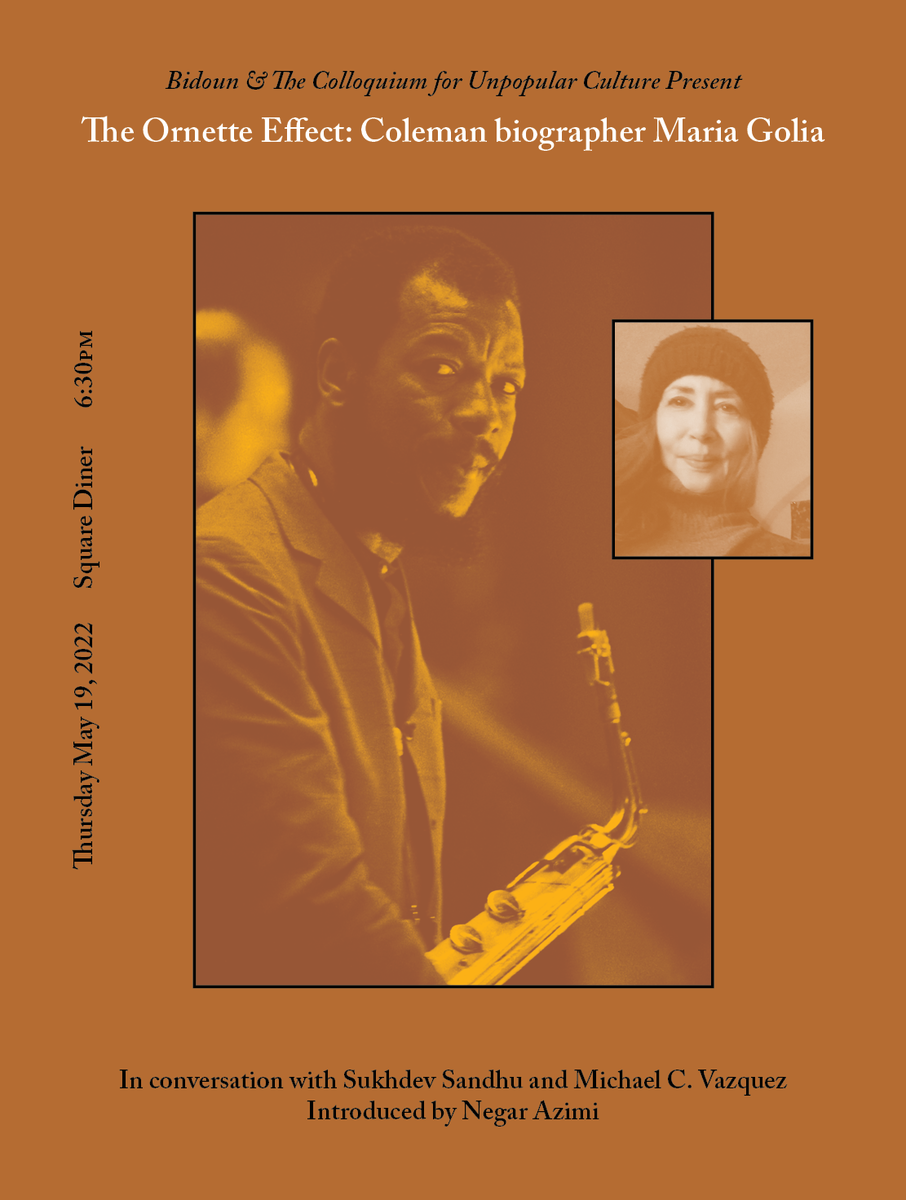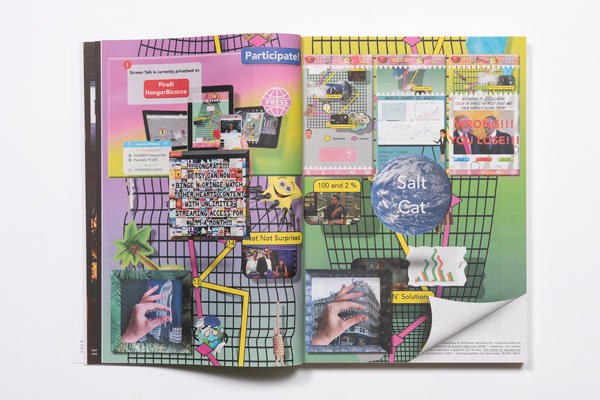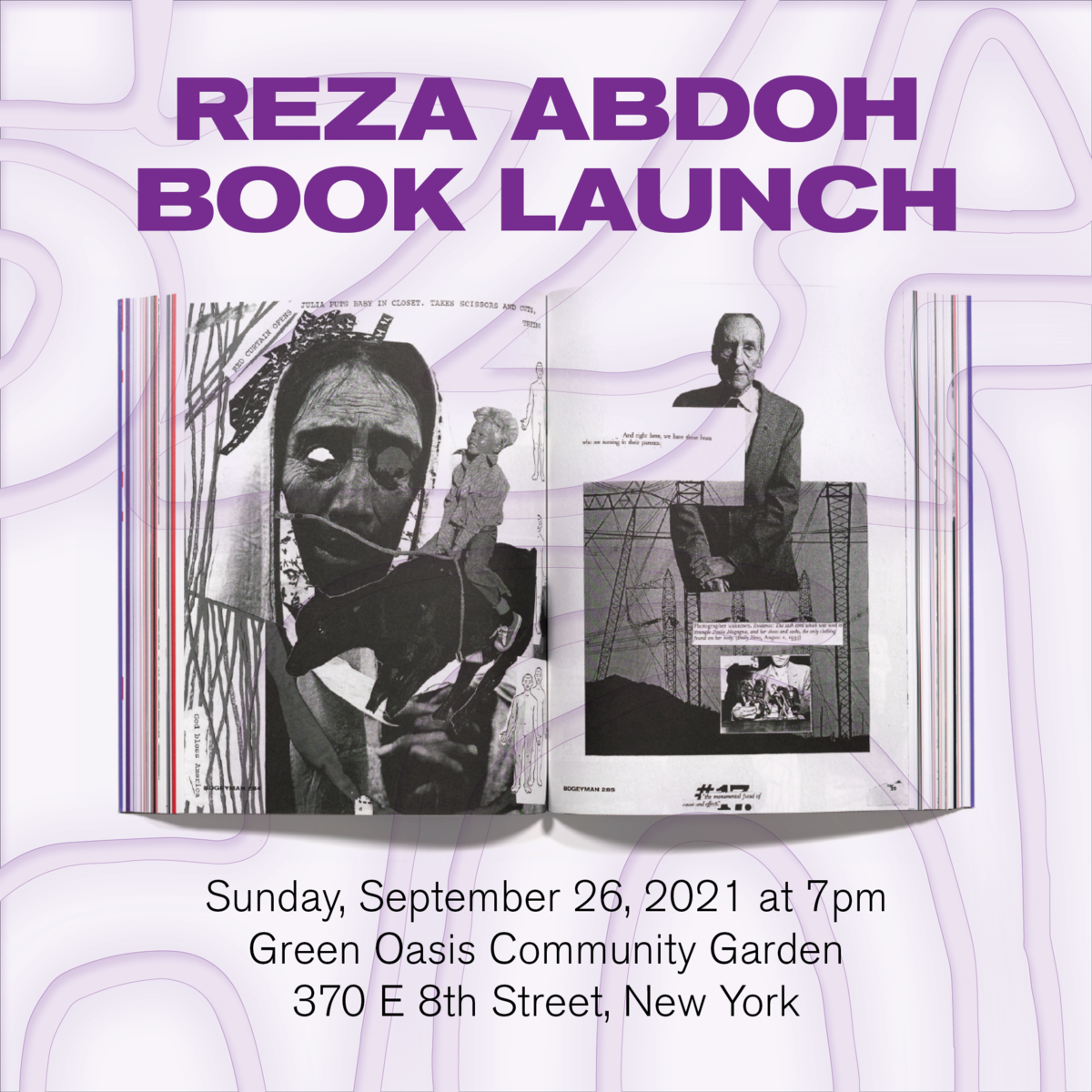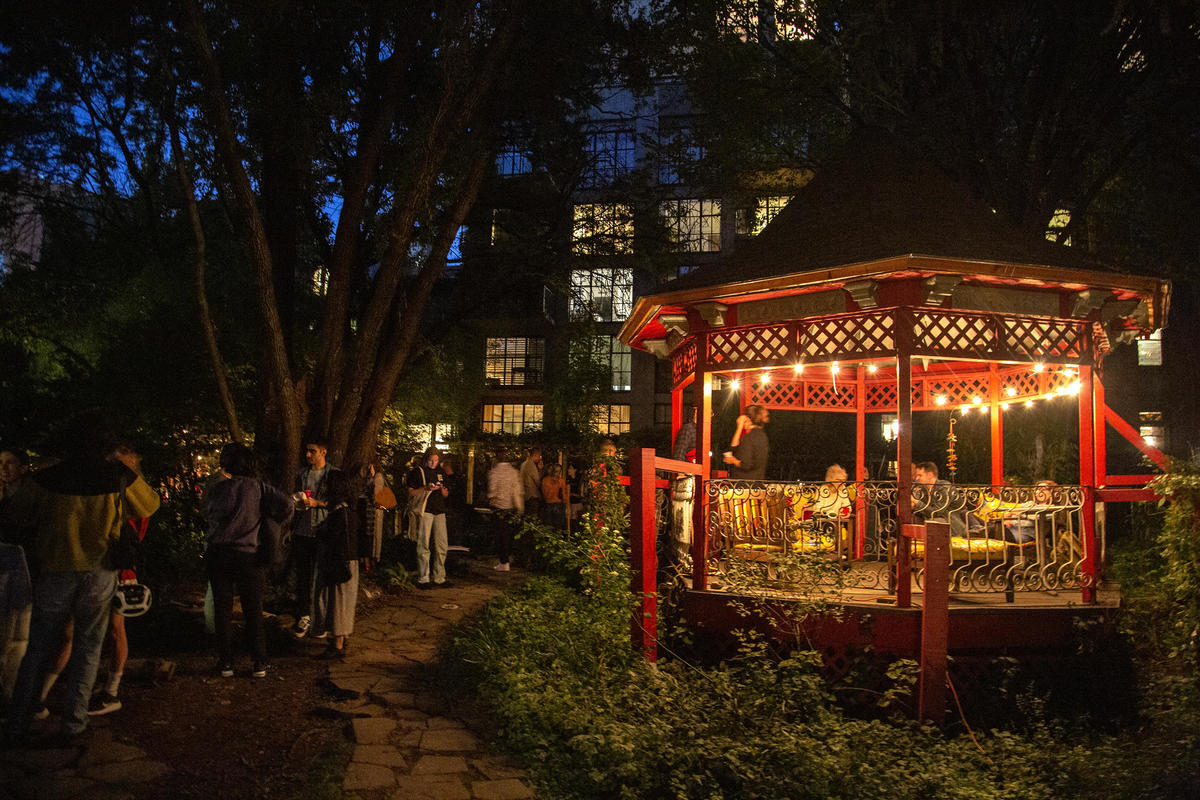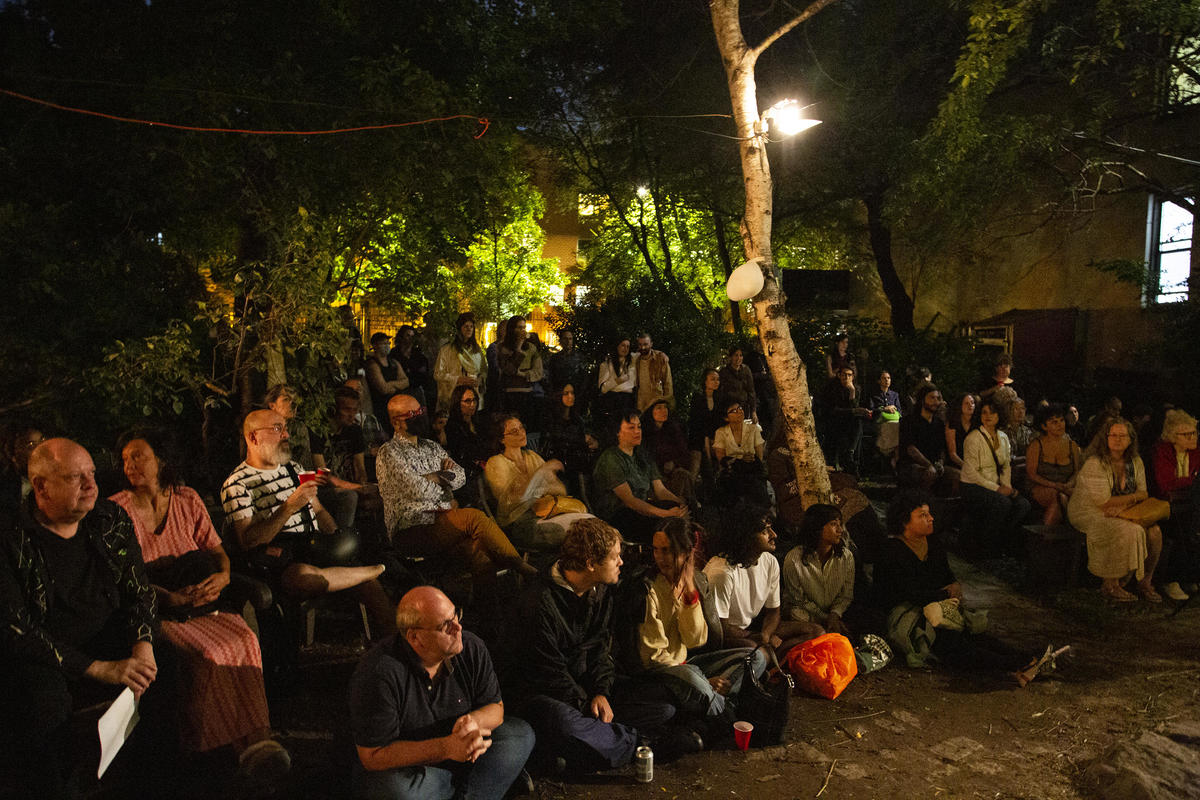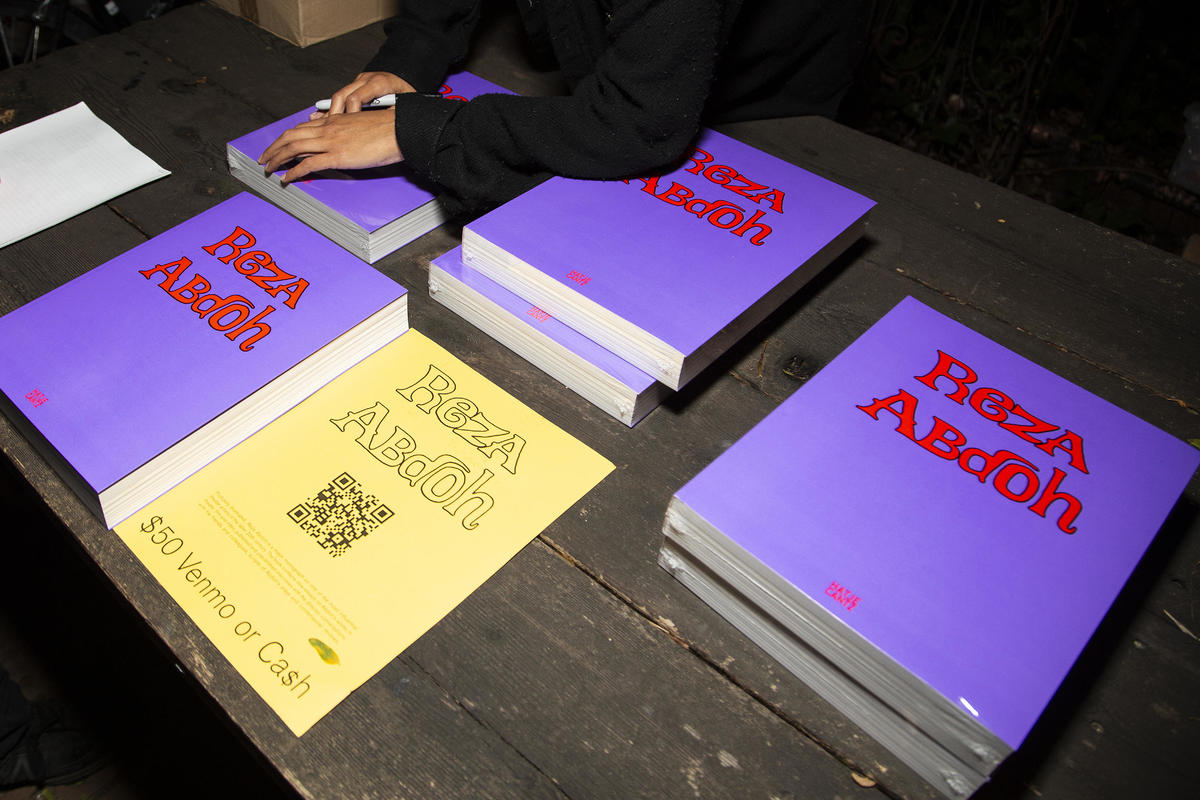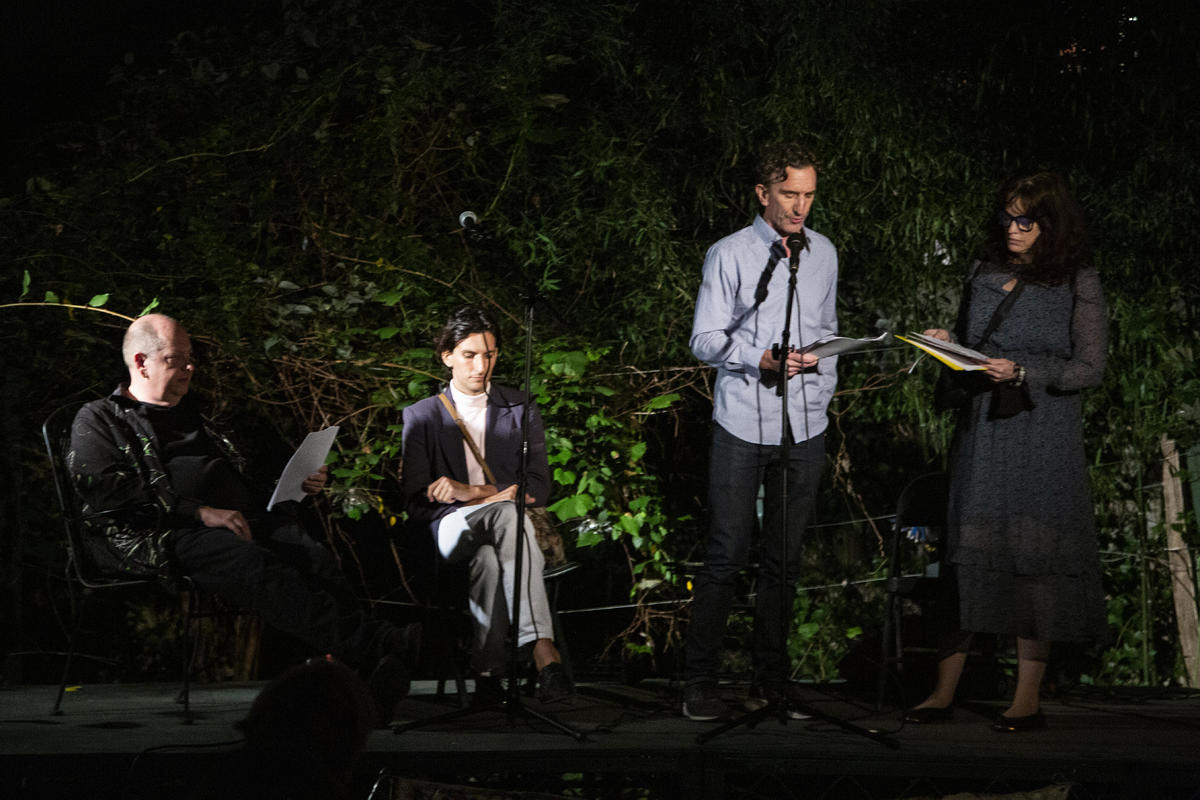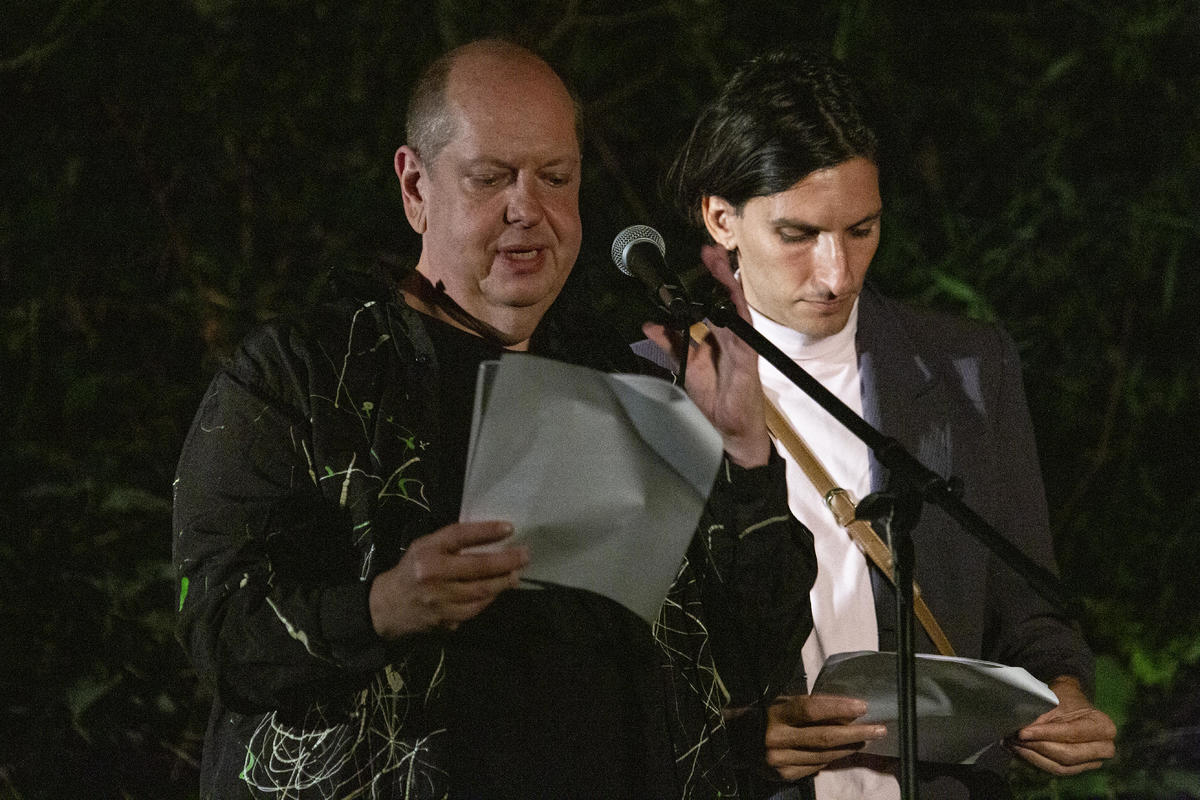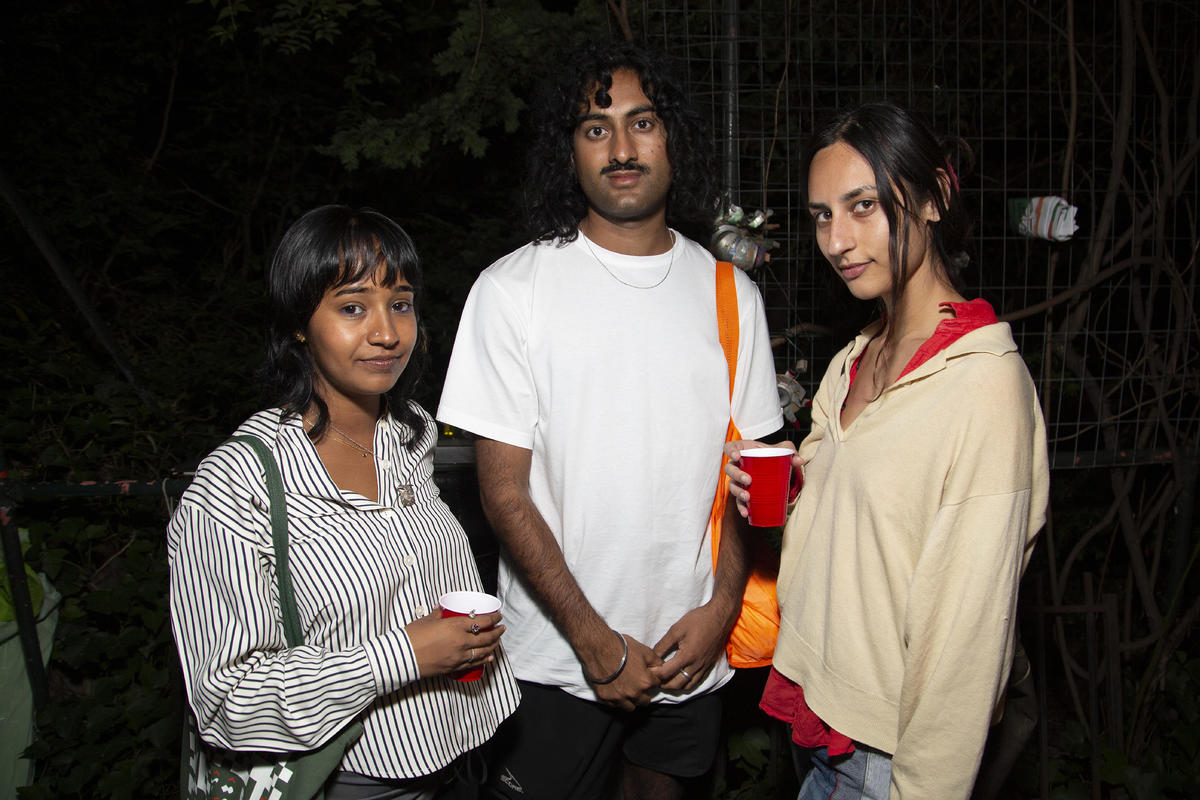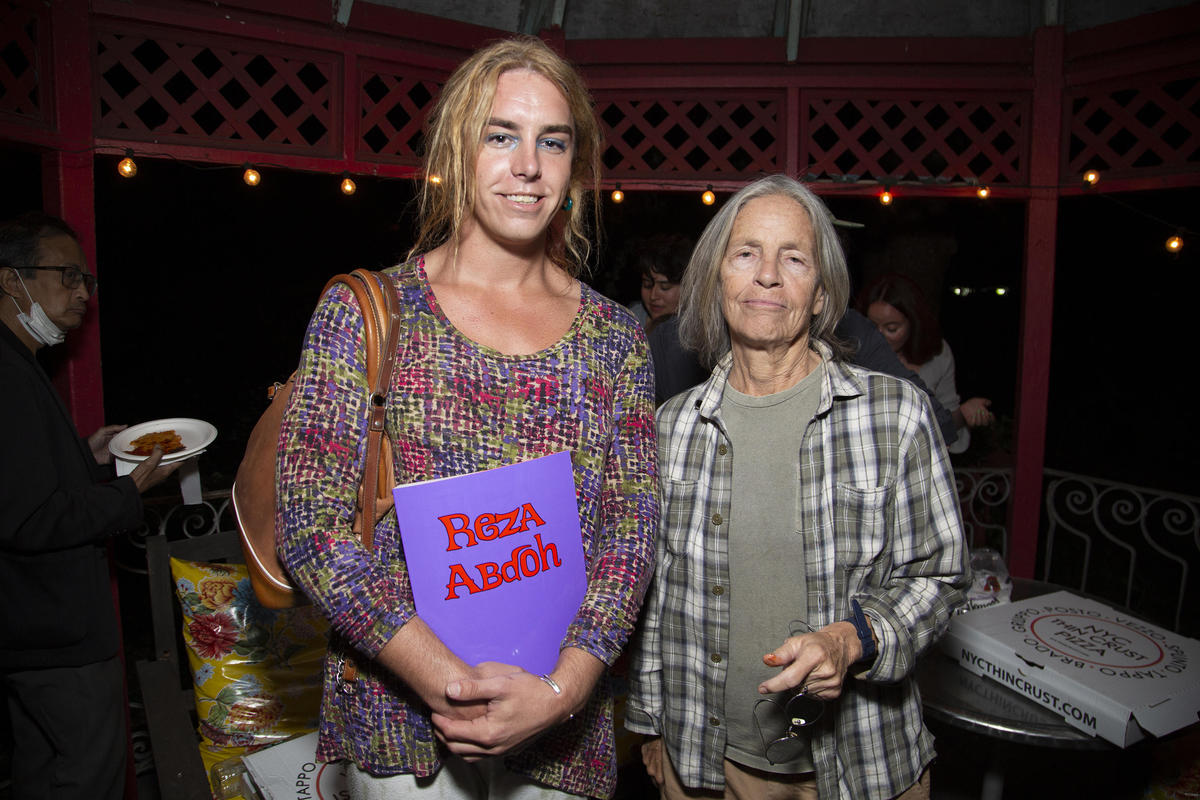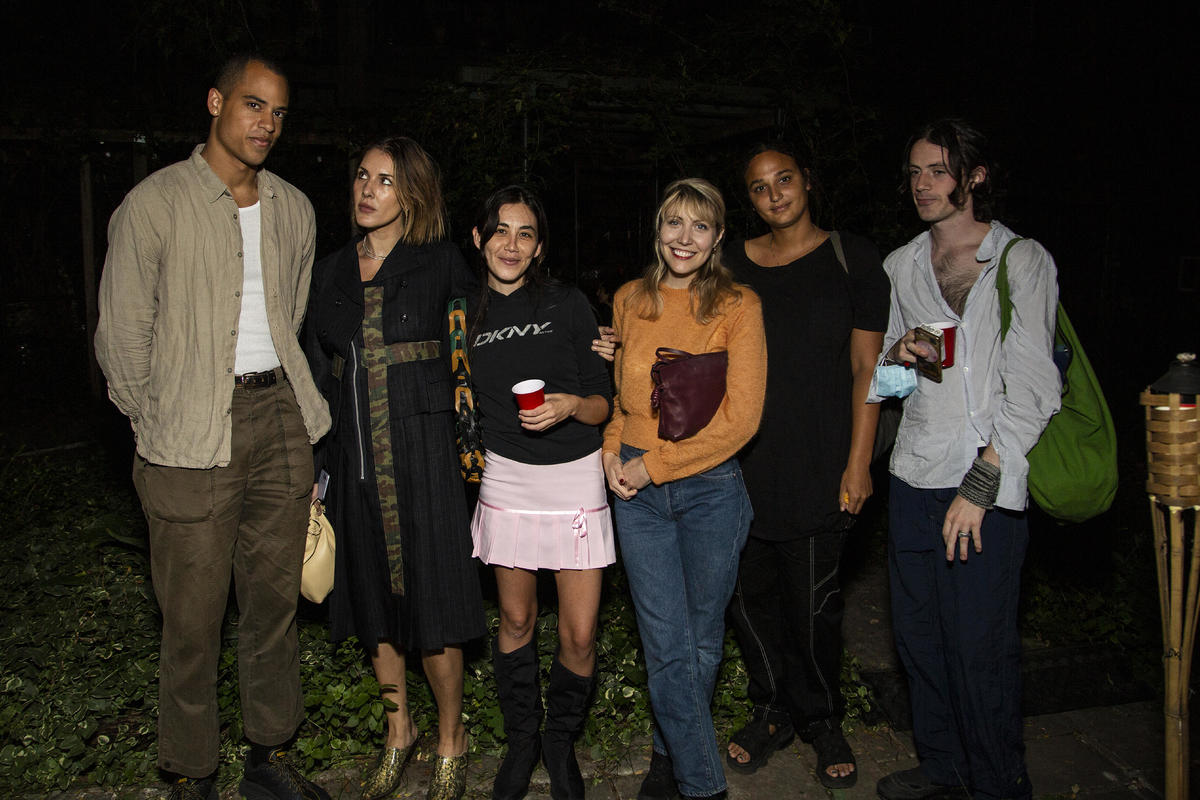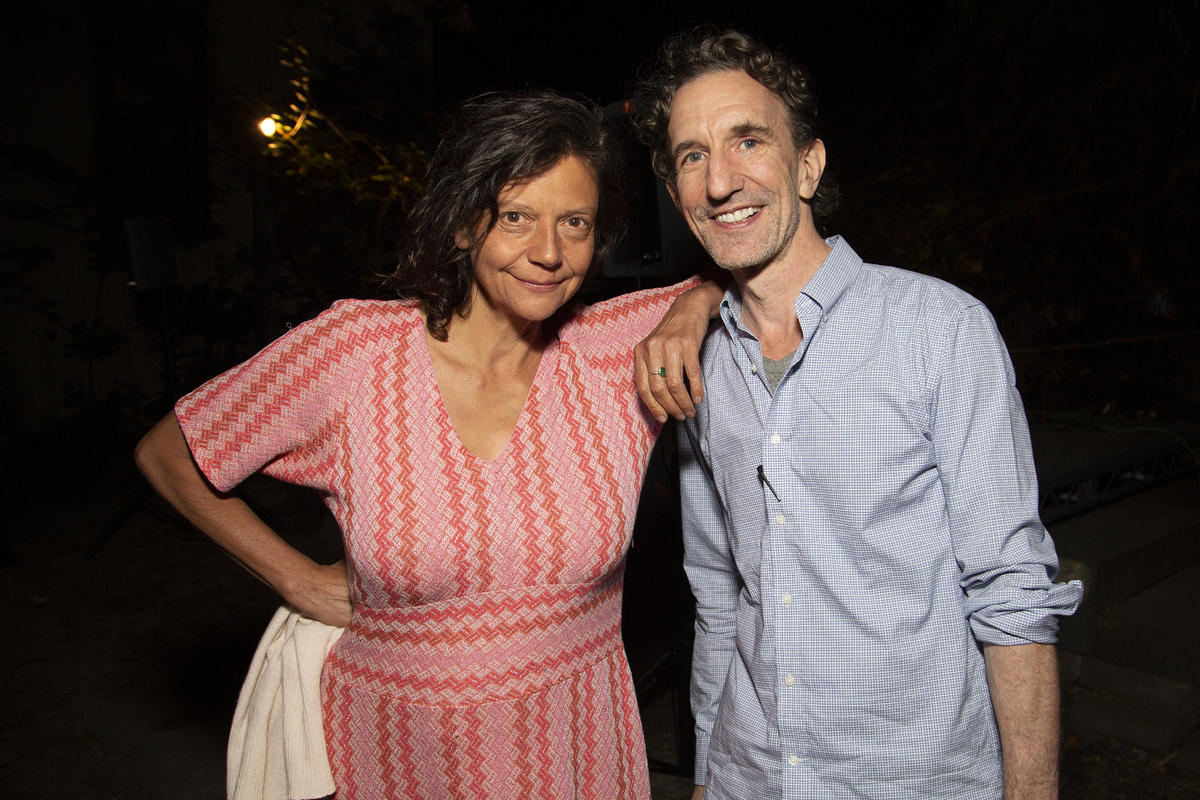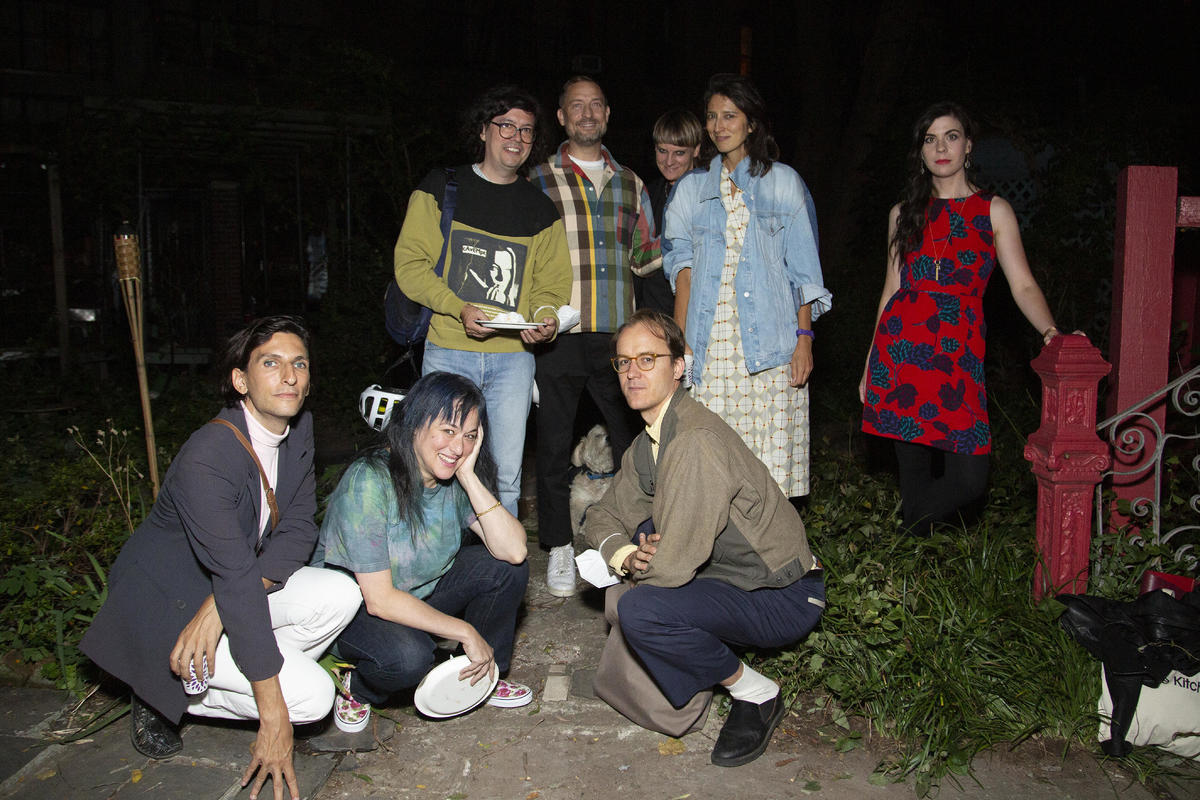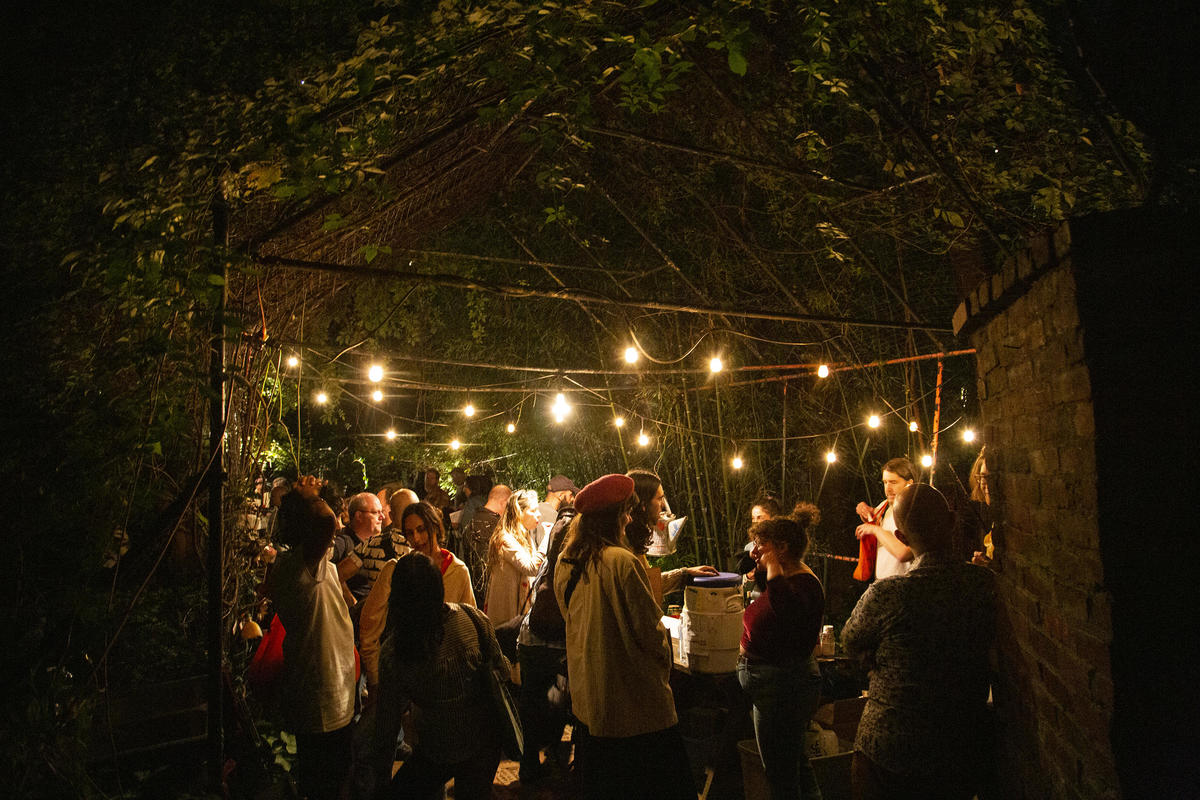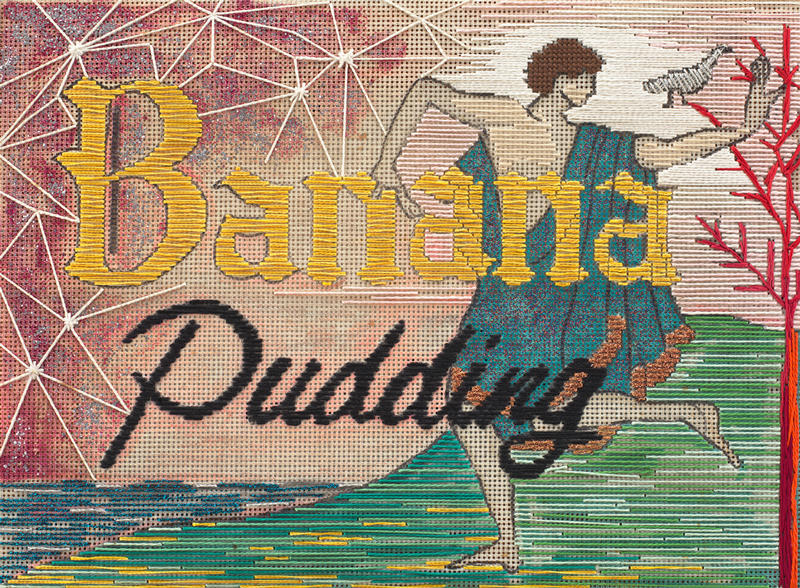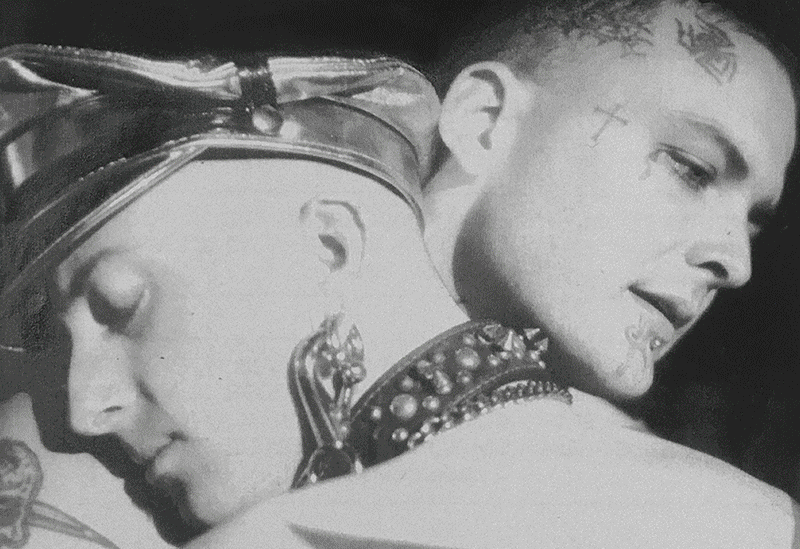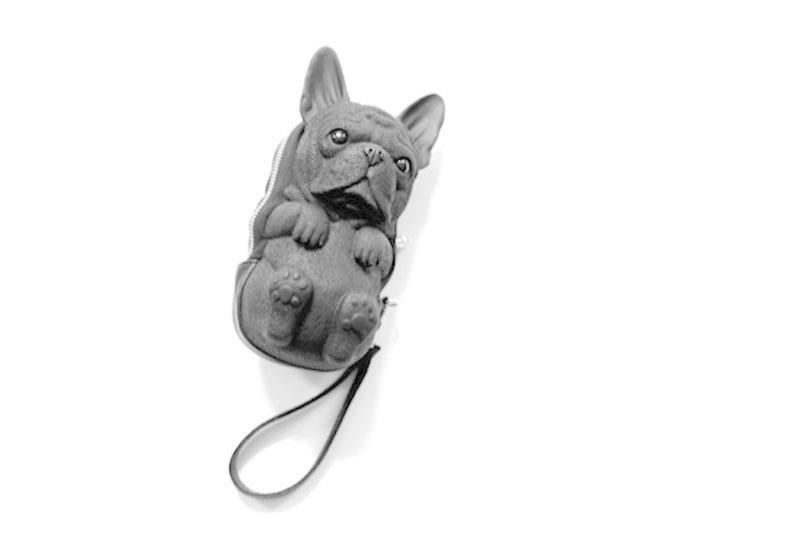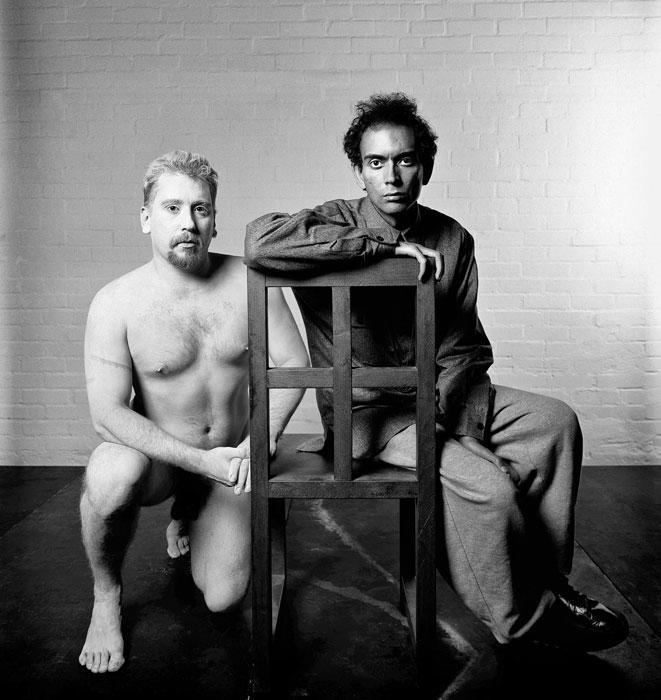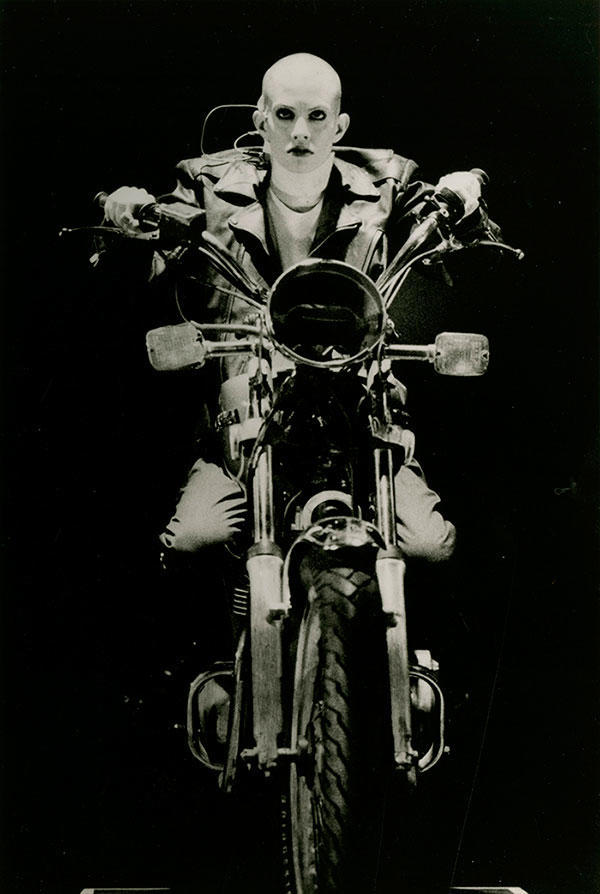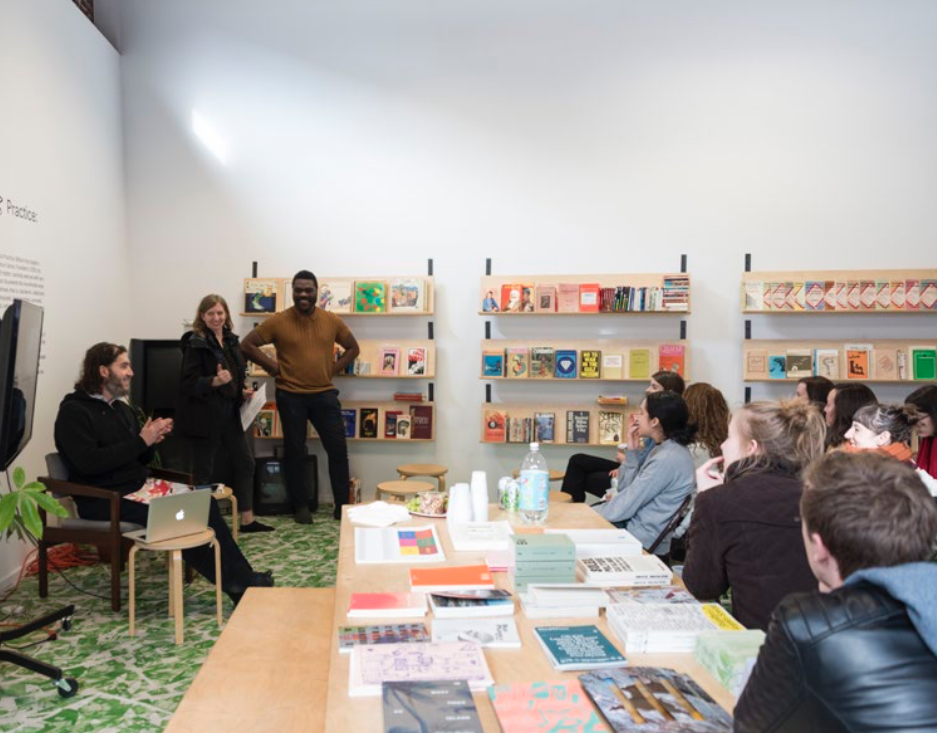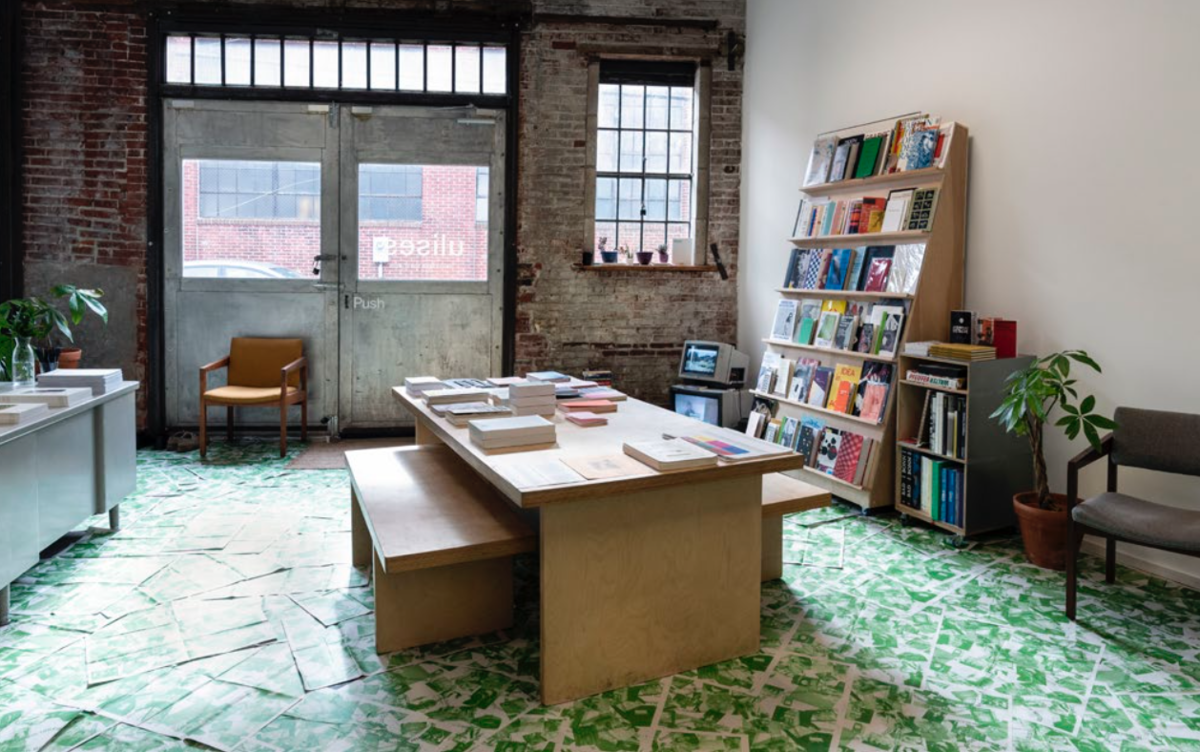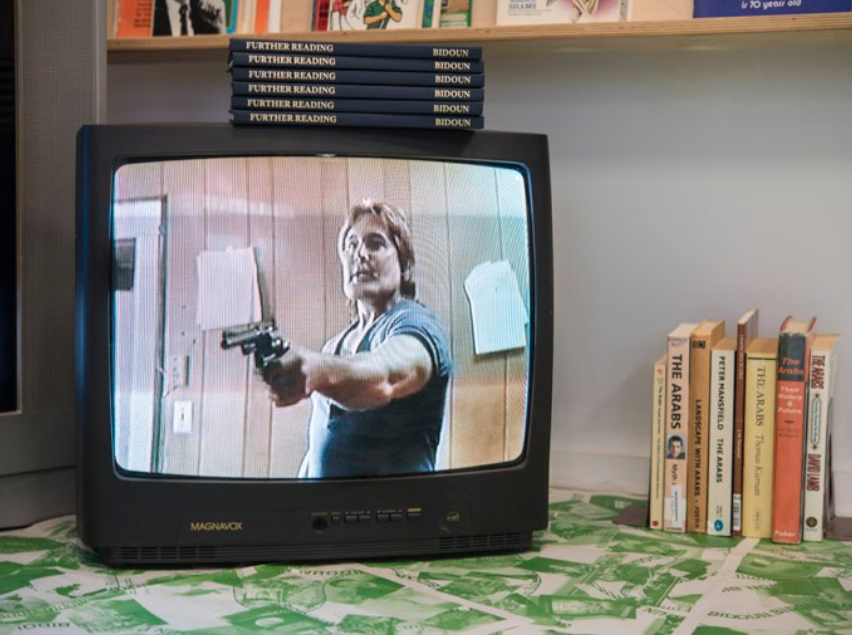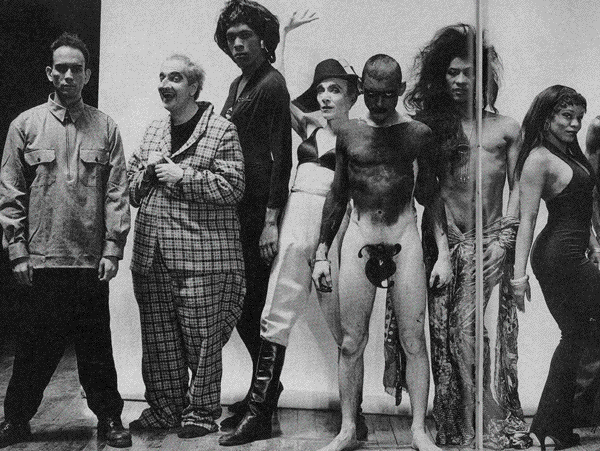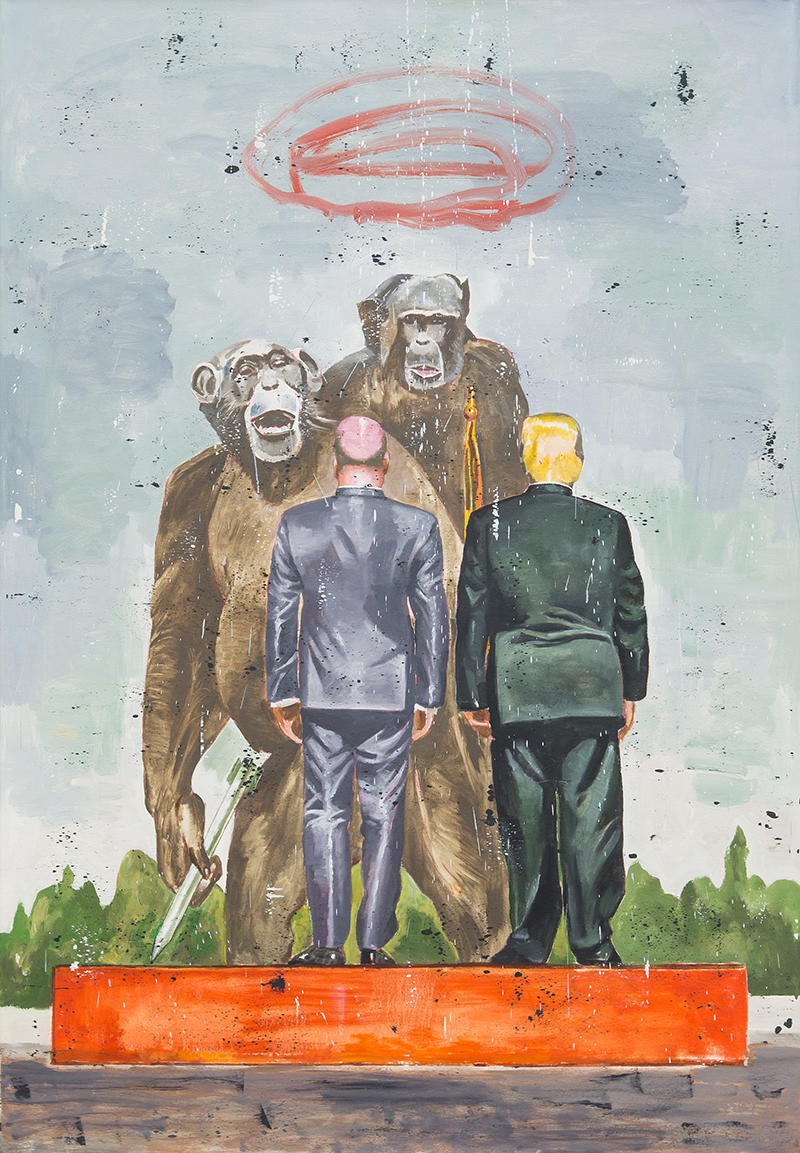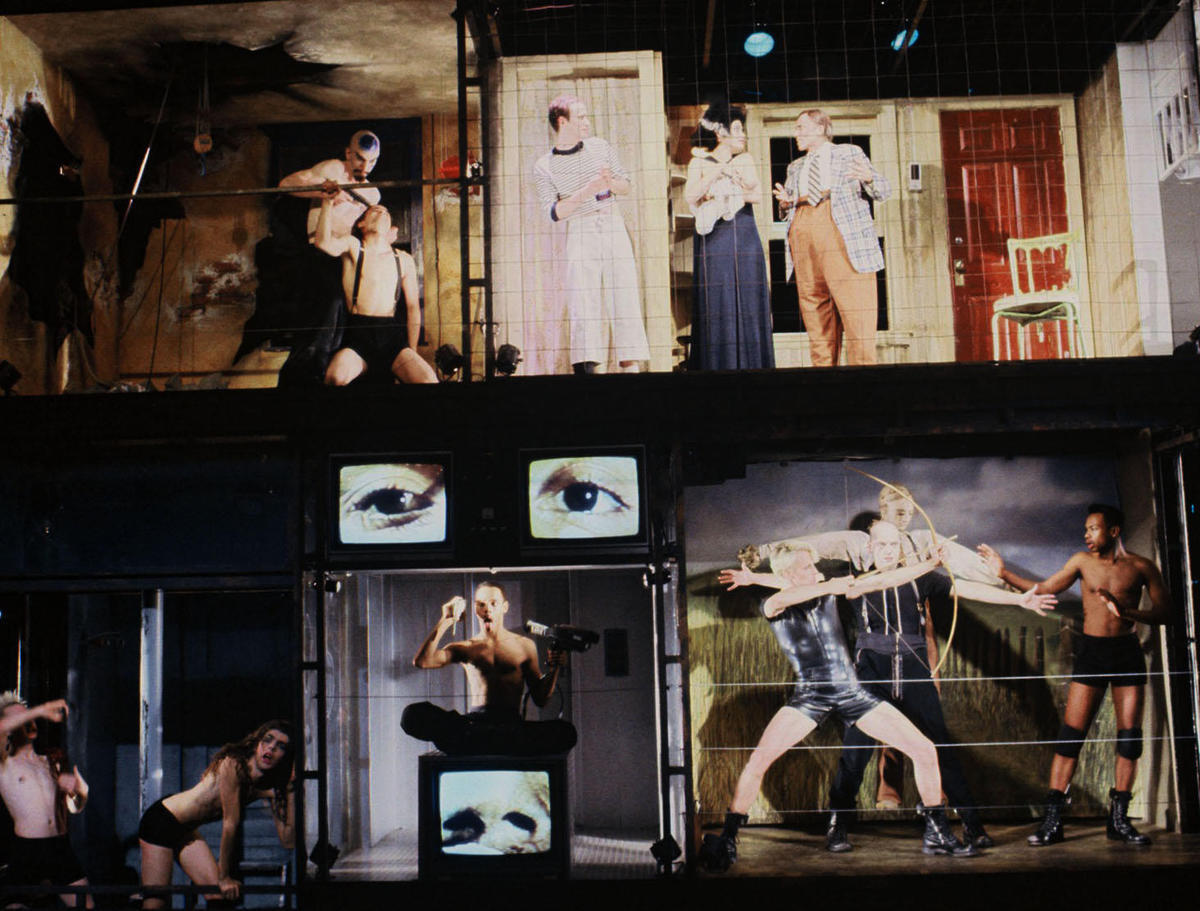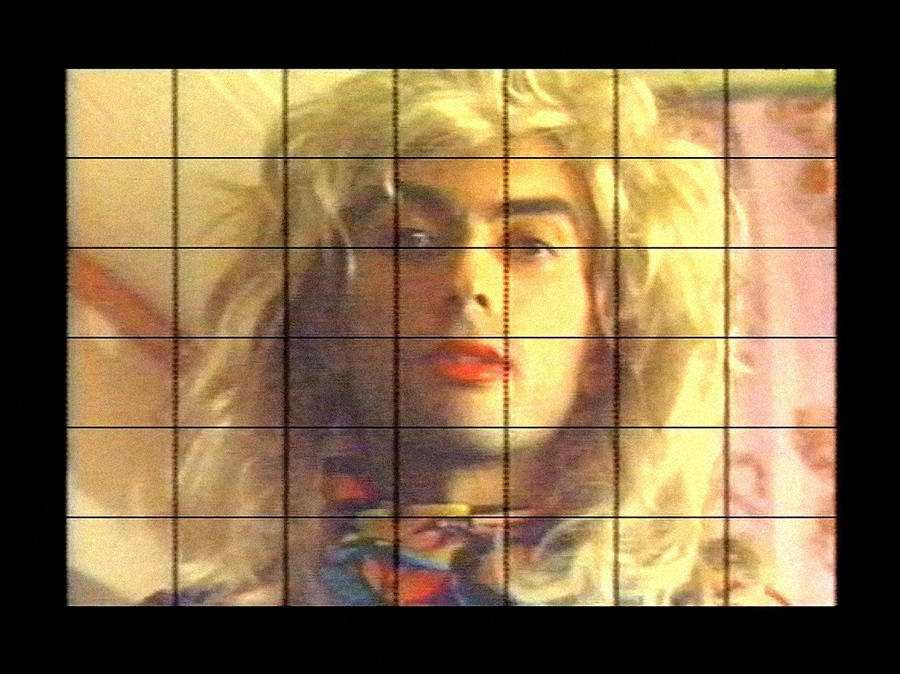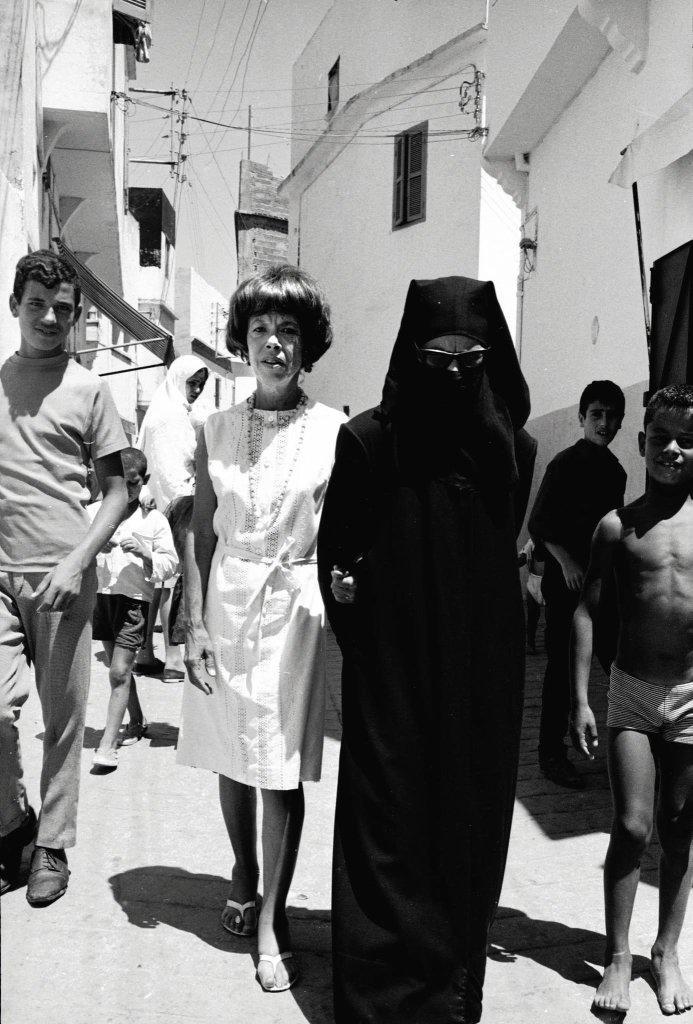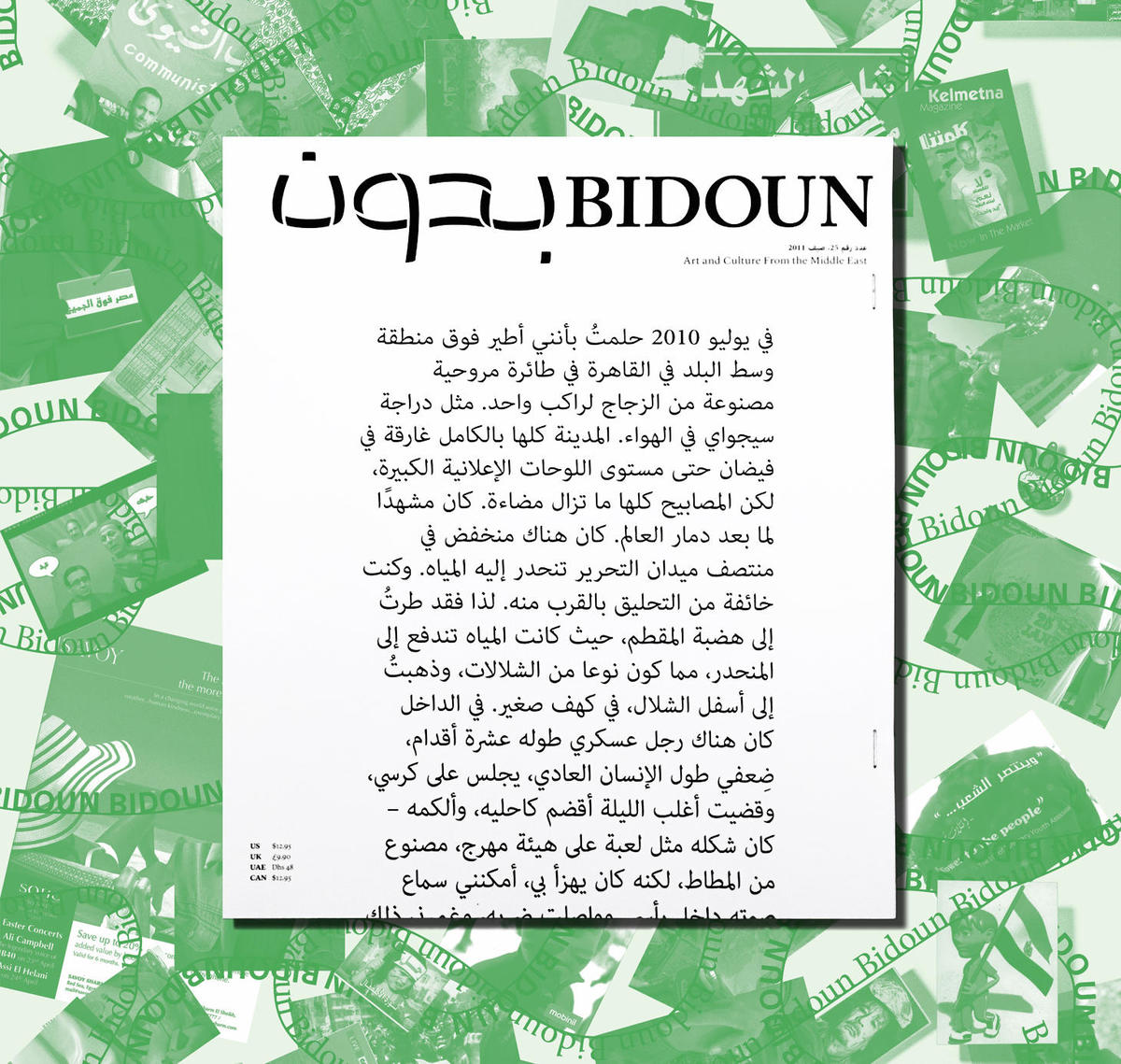February 2, 2023
Nicolas Moufarrege at CCA Berlin
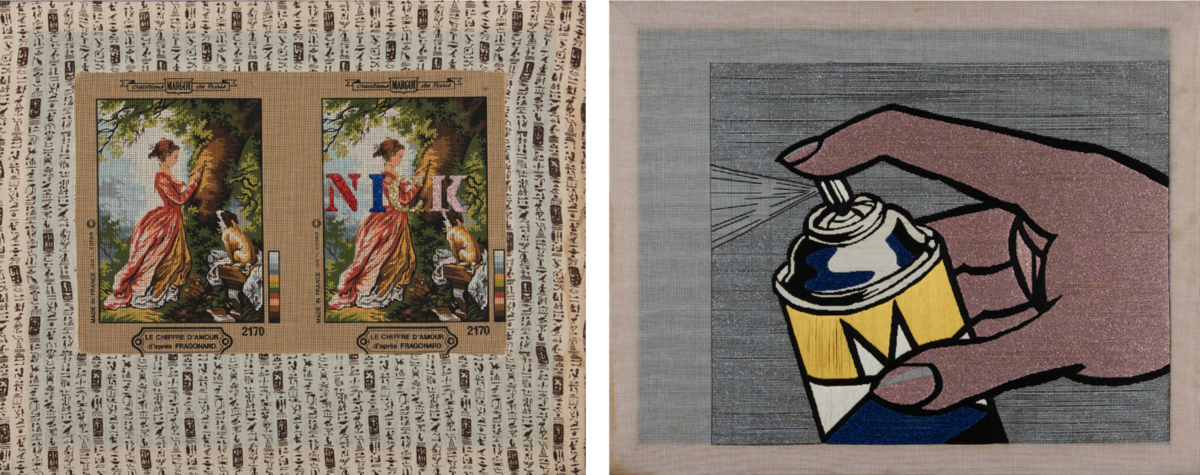
Nicolas Moufarrege
Mutant International
CCA Berlin
February 9 - March 19, 2023
Bidoun and CCA Berlin are pleased to announce Mutant International, an exhibition featuring a selection of works by Egyptian-born Lebanese artist Nicolas Moufarrege (1947-1985) – his first institutional solo exhibition in Germany.
A prodigious visual artist, writer, and curator, Moufarrege made wry, sophisticated, and exuberant work over a ten-year career that spanned Beirut, Paris, and New York. His practice rethought the Western art canon and Levantine weaving traditions through irreverent engagements with painting and sewing, graffiti and collage, Pop and the esoteric. Having launched himself in Beirut in the 1970s, Moufarrege left shortly after the calamitous beginnings of the long civil wars and moved to Paris, where he started producing large, tapestry-adjacent works. He arrived in New York’s East Village in 1981, just as an art scene was coming together amid a handful of crumbling tenements. In that city, he curated unusual, much-talked-about exhibitions, penned high-stakes essays and manifestos, and showed his own unclassifiable artworks. New York is also where he died of AIDS-related complications at the age of 37.
Moufarrege’s sui generis, shape-shifting work remains largely absent from the annals of art history — missing in Lebanon, as well, despite all the illustrious efforts of the last 15 years to make sense of art from the broader Arabic-speaking region. But it is missing, too, from most retrospective looks at American painting in the 1980s or The Pictures Generation. As for the East Village scene which he was so intimately tied to, he has tended to appear as a footnote, a curiosity with a foreign-sounding name.
The concise selection of works — tapestries, embroidered paintings, and drawings — as well as archival documents and ephemera on view as part of Nicolas Moufarrege: Mutant International draws a rich trajectory of artmaking informed by diasporic yearning and queer jouissance, and shaped through a delirious hodgepodge of references spanning Islamic calligraphy, superhero comics, cultures of advertising, and gay erotica.
While Moufarrege’s name all but disappeared following his too-early death, Bidoun and CCA Berlin are committed to bringing attention to his largely unknown body of work, while also using it as a springboard for a broader discussion about art and erasure, queer aesthetics in 20th-century art, and the cultural legacies of the AIDS epidemic.
On March 12, a public symposium organized by Bidoun featuring contributions by Nick Mauss, Michael C. Vazquez, Xandro Segade, and others will offer multiple lenses through which to view Moufarrege’s idiosyncratic oeuvre, in part by speaking to and about the cities in which he lived and worked — storied cosmopolitan enclaves, from 1950s Alexandria to 1960s Beirut, 1970s Paris to 1980s New York.
The works on view as part of Nicolas Moufarrege: Mutant International were selected by Negar Azimi (Bidoun) and Edwin Nasr (Associate Curator CCA Berlin). The exhibition was made possible through the generous support of Mohammed Fakhro, Raghida Ghandour, Ranya Husami Ghandour, Maria Sukkar, Tony Tamer, and Sultan Al Qassemi. Special thanks to Nabil and Hanan Moufarrege, as well as Dean Daderko.
